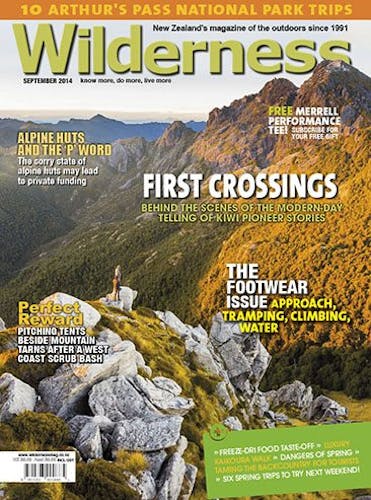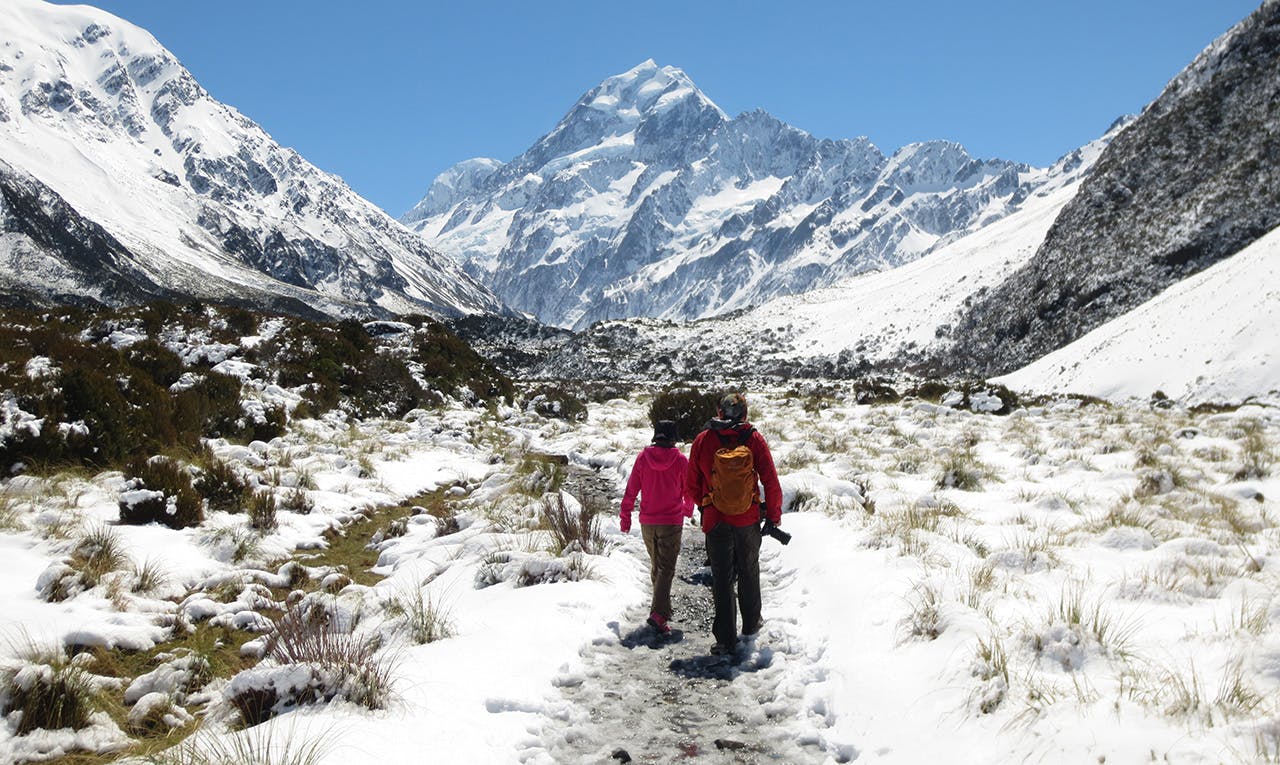Just because winter’s behind us (we hope) doesn’t mean nature can’t throw us a bad apple. Nathan Watson describes some spring-specific difficulties and how to make sure you don’t come a cropper
Avalanche danger
Avalanches love spring, especially as the days warm up and the snowpack begins to lose some of its strength. It’s common to see loose snow avalanches at this time of year, often starting from the base of rocks that are sticking through the snow. Spring can also bring storms with fresh snow, so be aware that any time there is snow on the ground and the slope is steep enough (30-45°) avalanches can happen.
Wild weather
Spring brings unsettled weather as the change in season brings about a period of adjustment. The high pressure systems that had retreated north over winter begin to feature more prominently and this often creates some unsettled periods. Prepare for late season snowfall, periods of intense rain and strong winds.
Snowmelt
As the alpine-level snow melts, it can fill waterways and create higher stream and river flows. It’s essential to be aware of this if you’re planning a trip that requires unbridged river crossings or travel in terrain that features large alpine catchment areas. Snowmelt plus some wild weather can make many smaller streams and rivers particularly dangerous.
Slips, trips and falls
Uneven, natural terrain presents an increased possibility of taking a spill, but in spring other factors add to this potential. As snow melts, flora like snow grass and carpet grass begin to feature again and beneath a light covering of snow they can be especially slippery. There’s nothing worse than slipping on one of these and landing on speargrass.
Sun block
You really don’t want to be forgetting your sun block or sunglasses on spring trips. Leftover snow and an ever increasingly strong sun can be a bad combination.
– Nathan Watson is the former outdoor land safety manager for the Mountain Safety Council






